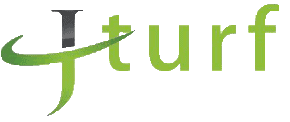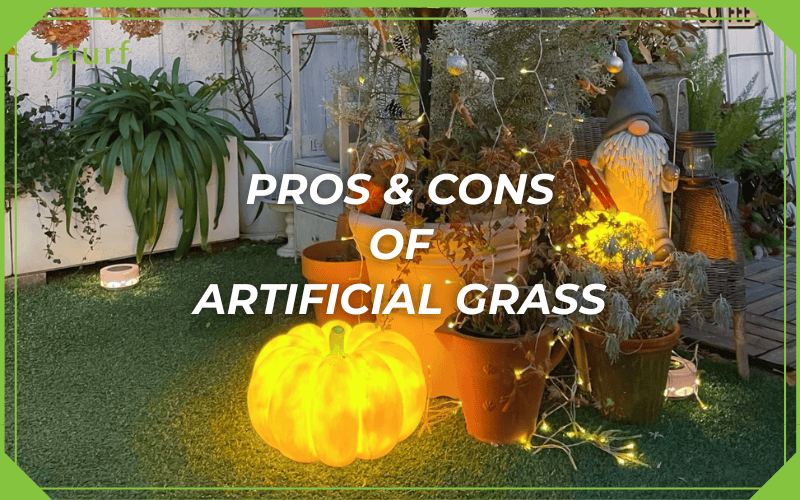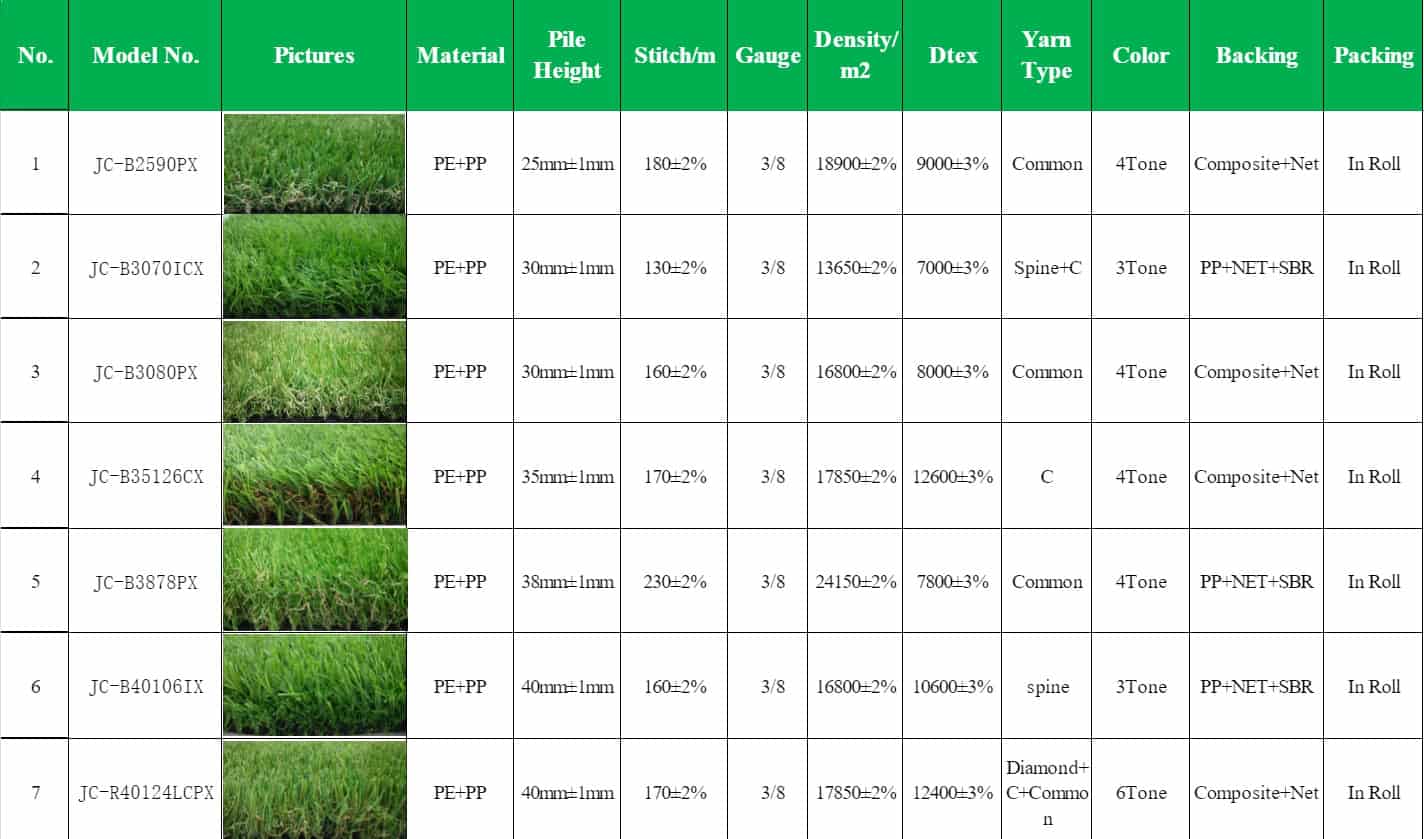Artificial grass has become an increasingly popular choice for homeowners—but is it really the right fit for your yard, lifestyle, and values? While its tidy appearance and low upkeep are appealing, there’s more to the story than meets the eye.
In this guide, we take a closer look at what artificial grass actually offers. You’ll find a clear breakdown of its biggest benefits and most common drawbacks, plus direct comparisons with natural grass. We’ll also explore how turf performs around pets, pools, and tricky yard conditions, take a hard look at its environmental impact, and debunk some of the most persistent myths.
If you’re weighing the pros and cons or trying to avoid costly mistakes, this article will help you move forward with clarity and confidence.
Pros of Artificial Grass: What Makes It a Popular Choice
Artificial grass is winning over more homeowners thanks to its clean look, low effort, and all-season appeal. In the sections below, we’ll break down ten key advantages: it needs almost no maintenance, stays green year-round, saves water, handles wear and tear, and looks impressively real. It’s also safer for pets and kids, allergy-friendly, works in hard-to-grow areas, makes more of your yard usable, and may even save you money over time.
Low Maintenance Saves Time
One of the biggest reasons people choose artificial grass is the reduced upkeep. You don’t have to mow, water, fertilize, or reseed it. Once installed, it stays neat with just the occasional rinse or brush. This makes it especially useful for busy homeowners or those who want a clean yard without the weekend workload.
Always Green, No Matter the Season
Unlike natural grass, which fades or browns in heat, cold, or drought, synthetic turf stays green and vibrant year-round. This means your yard will always look well-kept, whether it’s mid-summer or the middle of winter. No dry patches, no muddy spots—just consistent curb appeal.
Saves Water in a Big Way
Artificial turf doesn’t require irrigation, making it ideal for drought-prone areas or anyone aiming to cut down their water use. In many regions, switching to synthetic grass can save thousands of gallons annually. That’s not just good for your utility bill—it’s better for the environment too.
Built to Withstand Heavy Use
If your yard gets a lot of foot traffic—from kids, pets, or gatherings—natural grass can wear out fast. Artificial grass, on the other hand, is designed to handle pressure without turning patchy. It bounces back after use and stays intact in areas that traditional lawns struggle with.
Realistic Look and Feel
Worried that synthetic turf looks fake? Today’s high-end artificial grass is surprisingly lifelike. With blended blade colors, textured layers, and built-in thatch, many products are hard to distinguish from the real thing. Some even mimic specific grass types, offering visual depth and softness underfoot.
Safe and Clean for Pets & Kids
Artificial grass provides a mud-free, bug-free surface that’s great for families. Pets won’t track dirt into the house, and children can play on a soft, even ground without worrying about holes or slippery spots. Plus, you don’t need to use harmful lawn chemicals, so the area stays safer for everyone.
Allergy-Friendly Surface
If you or someone in your family struggles with grass or pollen allergies, artificial turf can offer real relief. It doesn’t produce pollen or trap allergens the way natural lawns do. You can spend more time outside—without itchy eyes or sneezing fits.
Flexible Installation for Hard-to-Grow Areas
Artificial grass isn’t just for big backyards. It works well in places where real grass struggles—like shaded corners, balconies, rooftops, or dry patches under trees. If you’ve tried growing a lawn and failed, this can be a stress-free alternative.
Makes More of Your Yard Usable
Natural lawns can get patchy, muddy, or uneven—especially after heavy rain or frequent use. Artificial turf evens out the surface, drains quickly, and creates a clean, dry space. You can turn underused areas into attractive zones for sitting, playing, or relaxing.
May Offer Long-Term Savings and Value
While the upfront cost of synthetic grass is higher, it often pays off over time. You’ll cut out lawn care costs—no watering, mowing, or fertilizing bills. In some markets, a clean, low-maintenance yard can even boost property appeal, especially during drought restrictions.
Cons of Artificial Grass: What You Should Consider Before Installing
Artificial grass may look like an easy fix, but it’s not without trade-offs. Before installing it in your yard, it’s worth considering the common drawbacks. These include how turf heats up under the sun, the high upfront cost, its environmental footprint, and the fact that it still needs some maintenance. Other issues like visible seams, a limited lifespan, weed growth, leaf buildup, and poor performance in shaded or damp areas can also affect your experience.
Gets Hot in Direct Sunlight
Artificial turf tends to hold heat, especially in direct sun. On warm days, it can become uncomfortably hot for bare feet or paws. This can limit how much time you spend on it during summer. Some types of turf include cooling technology, but results vary. Shade or water misting can help, but it’s still a factor to consider.
High Upfront Cost
Installing artificial grass isn’t cheap. Even though it saves money in the long run, the initial investment—including turf, labor, and ground preparation—can be steep. For larger areas, costs can run into the thousands. It’s important to weigh your budget and long-term goals before committing.
Environmental Concerns
While artificial grass saves water and cuts down on chemical use, it’s still made from plastic. It doesn’t support local ecosystems, can’t be composted, and is hard to recycle at the end of its life. If sustainability is a top priority, this could be a major drawback.
Not Completely Maintenance-Free
A common myth is that artificial grass needs no maintenance at all. In reality, you’ll still need to brush the turf, rinse off dirt, and clean up after pets. Weeds may grow through drainage holes, and leaves can pile up, especially under trees. It’s less work than a real lawn—but not zero work.
Poor Installation Can Ruin the Look
Artificial turf looks best when installed correctly. But if the seams are visible, the surface is uneven, or the grass lays in the wrong direction, it can look fake or even sloppy. Hiring a qualified installer is crucial if you want a neat, natural appearance.
Limited Lifespan
Artificial grass doesn’t last forever. Most turf products have a lifespan of 10 to 15 years, depending on use and climate. Over time, the fibers can flatten, fade, or tear. While it’s more durable than real grass in some ways, replacement will eventually be necessary—and not cheap.
Weeds Can Still Appear
Even though turf helps reduce weed growth, it doesn’t eliminate it completely. Weeds can grow through drainage holes or gaps if the base layer isn’t sealed properly. They’re often more noticeable on turf and harder to pull out. You’ll likely need to use weed killer now and then.
Debris Builds Up Easily
Leaves, twigs, and dirt don’t break down on synthetic grass the way they do on real lawns. Instead, they sit on the surface and can make the area look messy. This means you’ll need to sweep or blow off the turf regularly—especially in fall or under large trees.
Doesn’t Suit Every Yard
Artificial grass works best in sunny, open areas. In damp or heavily shaded spots, it can wear down faster, stay wet longer, and even grow mold underneath. Also, tree-heavy yards may require more cleanup due to falling leaves. It’s important to match the product to your yard conditions.
Artificial Grass vs. Natural Grass: Which One Wins for You?
When choosing between artificial grass and natural grass, it all comes down to your priorities. To help you decide quickly, we’ve compared them across six of the most commonly asked-about factors—based on what homeowners typically care most about. This includes installation cost, upkeep, visual appeal, comfort, environmental impact, and long-term value.
| Feature | Artificial Grass | Natural Grass |
| Installation Cost | Higher upfront cost due to materials and installation | Lower initial cost, especially if seeded or DIY-installed |
| Maintenance | Requires occasional brushing, rinsing, and pet waste cleanup | Needs frequent mowing, watering, fertilizing, and weeding |
| Appearance | Uniform look; stays green with no seasonal change | Natural variation; can fade, brown, or develop bare spots |
| Comfort | Firmer surface; may feel warm under direct sunlight | Softer and cooler feel, especially in shaded areas |
| Environmental Impact | Saves water and cuts chemical use, but made from plastic | Supports biodiversity and soil health, but uses more water |
| Longevity & ROI | Can last 10–15 years with proper care; savings over time vary | May require reseeding or patching; costs depend on usage |
Pros and Cons of Artificial Grass for Pet Owners
Artificial grass is often marketed as dog-friendly—but how well does it really work for homes with pets? The answer depends on what you expect. Here are the key pros and cons to help you decide quickly:
Pros:
- No mud or dirt for pets to track indoors
- Surface stays even and free of holes from digging
- Doesn’t discolor from pet urine
- Less likely to attract fleas or ticks
Cons:
- Needs regular rinsing to prevent odor buildup
- Can get hot under paws in sunny weather
- Pet waste still needs to be picked up and cleaned manually
- Some pets may try to chew or dig at the edges
Pros and Cons of Artificial Grass Around Pools
Installing artificial grass around your pool can be a smart move—but only if you understand the pros and cons. Many homeowners like the idea of a clean, mud-free space next to the water. But there are a few things to watch out for in hot or wet conditions. Here’s what to expect:
Pros:
- No dirt or grass clippings getting into the pool
- Non-slip surface when installed properly
- Drains water quickly to avoid puddles
- Low-maintenance alternative to natural ground covers
Cons:
- Surface may heat up under strong sun
- Pool chemicals like chlorine can affect turf over time
- Some infill types may wash away with heavy splashing
Environmental Impact of Artificial Turf: Pros and Cons
Compared to natural grass, artificial turf is often promoted as an eco-friendly option—and in some cases, it lives up to that promise. It helps save significant amounts of water—especially valuable in dry regions—and reduces the use of chemical fertilizers, herbicides, and pesticides. There’s also no need for gas-powered mowing, which cuts down on carbon emissions. Some turf products are even made with recycled materials, which can reduce their overall environmental footprint.
However, artificial turf isn’t without its drawbacks. Most types are made from plastic, and they don’t decompose naturally. At the end of their life cycle, old turf typically ends up in landfills, unless recycling is specifically arranged—which isn’t always easy or available. Over time, small particles from the turf or infill may contribute to microplastic runoff, especially during heavy rains. Additionally, artificial grass can trap heat and raise surface temperatures, contributing to the urban heat island effect in some areas.
Common Misconceptions About Artificial Grass
Artificial grass has come a long way, but outdated ideas still shape how many people think about it. Whether it’s about looks, safety, or maintenance, there are a few common myths that deserve a second look. Let’s clear up some of the most frequent misunderstandings:
Misconception 1 – “Artificial Grass Looks Fake”
This used to be true—older turf had an unnatural shine and flat texture. But modern turf now features multi-toned blades, varied fiber heights, and even brown thatch to mimic real grass. From a short distance, most people can’t tell the difference.
Misconception 2 – “It’s Not Safe for Kids or Pets”
High-quality artificial grass is non-toxic and lead-free. It also drains quickly and creates a flat, mud-free surface, which actually makes it safer in many cases. Always check product certifications to confirm child- and pet-safe materials.
Misconception 3 – “Weeds Will Grow Right Through It”
When installed properly with a weed barrier, artificial grass prevents almost all weed growth. Occasionally, surface seeds may sprout—but they’re easy to pull and don’t come from underneath.
Misconception 4 – “It’s Only for Sports Fields”
Artificial turf is no longer just for football fields. It’s now common in backyards, rooftops, balconies, schools, and even indoor spaces. Its durability and versatility make it ideal for both high-traffic and decorative areas.
Final Thoughts: Is Artificial Grass the Right Choice for You?
Artificial grass offers a clear appeal: it’s tidy, low-maintenance, and always green. Throughout this guide, we’ve looked at its top benefits—like water savings, realistic appearance, and pet-friendliness—as well as common drawbacks, from heat retention to upfront cost and environmental concerns.
Whether turf is right for your space depends on what you value most. If you’re looking for a neat, year-round lawn with minimal upkeep, it can be a great solution. But like any home upgrade, it’s worth weighing the trade-offs carefully.
Ultimately, the best choice is an informed one. Now that you understand the real pros and cons of artificial grass, you’re in a stronger position to decide what works best for your yard, lifestyle, and priorities.
Explore Pro-Grade Artificial Grass, Straight from the Manufacturer
At Jcturf, we don’t just manufacture turf—we engineer outdoor solutions. Whether you’re landscaping a rooftop, upgrading a playground, or building a pro-level sports field, our full-range artificial grass systems are built for real performance and lasting value. With 15 years of R&D, global certifications, and advanced production lines, we deliver turf that looks better, lasts longer, and works harder for every season. Explore our tailored product lines or get in touch for expert recommendations.


